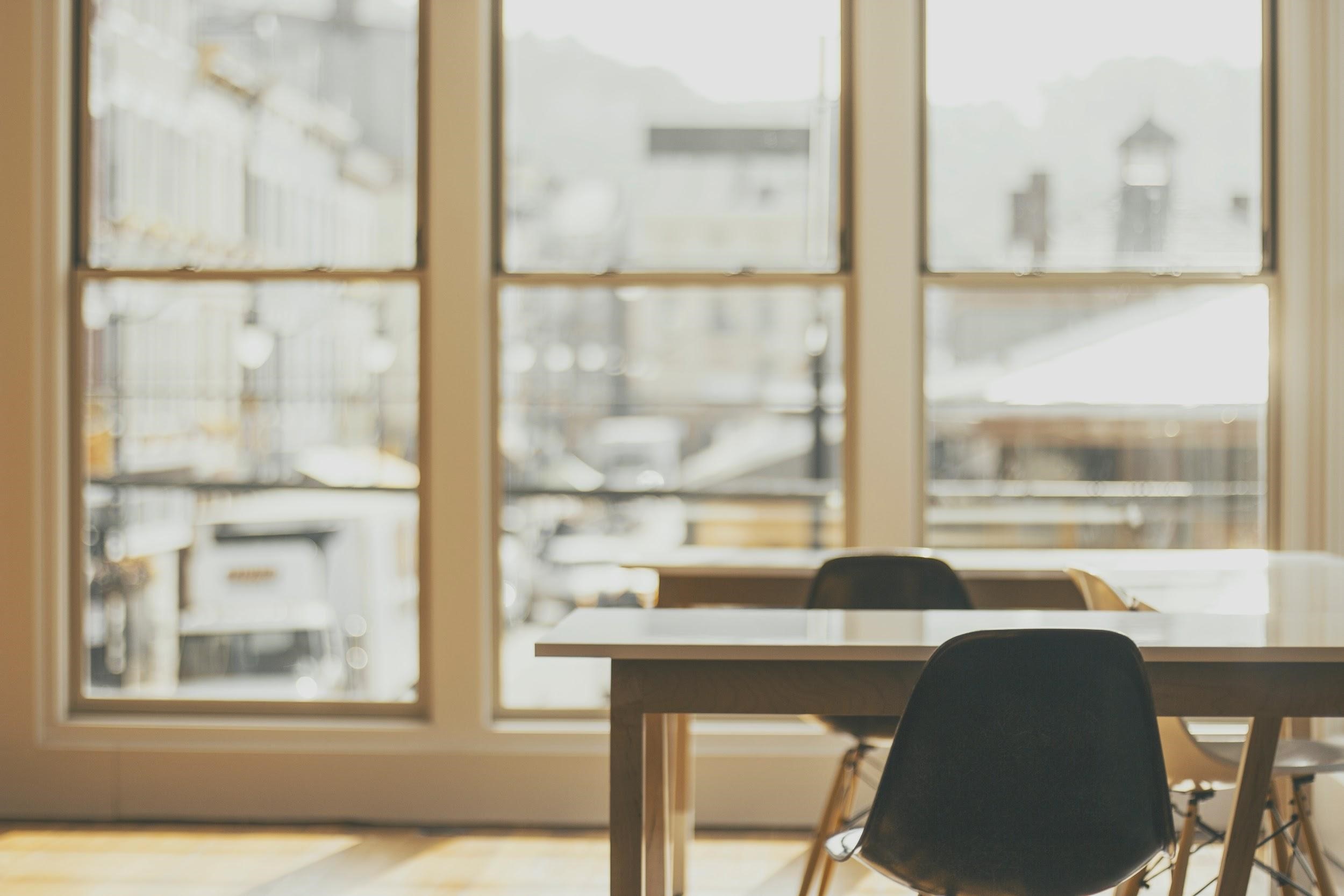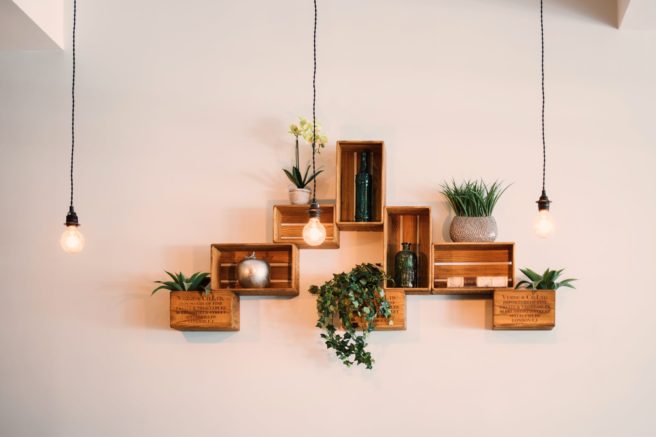The importance of visual appeal cannot be overstated.
It’s a proven fact that there is a direct and significant link between the physical learning environment and the quality of the educational experience. Not only in terms of the pupils and students themselves but also the capacity of the educators presents to do their job properly. Therefore, it is essential to ensure every aspect of a school’s interior design reflects the best interests of both its pupils and its workforce.
Traditionally, there’s been a tendency to focus on functionality and practicality with school interior design. The outcome of which has been a learning environment which, although perfectly practical, hasn’t been particularly inspiring. Where functionality is disproportionately prioritised, comfort and enjoyment can also suffer.
The goal of effective school interior design is to create spaces that are safe, comfortable, functional, healthy, enjoyable, inspiring and versatile. These are the kinds of considerations that should go into initial school interior design but can also be used as the basis for renovations, improvements and even periodic redecorating.
But what specific aspects of school interior design should be prioritised? How can any educational institution ensure that its pupils and workforce are provided with every opportunity to maximise their potential? We talked to Sports Photo Gallery, who offer School Interior design services, to shed a few lights on the matter.
Visual Appeal
First and foremost, the importance of visual appeal cannot be overstated. It’s important to remember that most information human beings absorb daily is visual. Hence, if we’re not impressed and inspired by the visual aesthetics of our surroundings, we cannot be expected to perform at our best.
Going beyond the basics, schools and educational institutions should do anything they can to bring the real ‘WOW’ factor into their interior spaces. Whether it’s adorning walls with inspirational imagery or simply choosing a more inviting colour scheme, it’s a great place to start.

Inspiring Imagery
Speaking of which, there’s a reason kids of all ages plaster their walls in posters of sports heroes, Hollywood celebrities and famous faces in general. These are the people they admire, look up to and one day hope to emulate. This is the kind of inspiring imagery that motivates and encourages kids of all ages to reach for the stars.
In which case, why not bring the same type of inspiring imagery into the classroom?
By surrounding pupils with images of those they aspire to be like, they’re far more likely to invest themselves in their studies. If it means they have a real chance of emulating their idols, they’ll be more than happy to make the necessary effort.
Lighting
Appropriate lighting is one of the most commonly overlooked aspects of interior design for schools. In most educational environments, the entire student body and staff force alike spend almost all their time indoors. Shy of a couple of breaks, they’re confined to an indoor learning environment from start to finish.
The key to successful interior lighting is quite simple. By any means necessary, you need to maximise the use of (or replicate) natural light across the entire space. Rooms that are too bright, too dark or unevenly lit can be both uncomfortable and hazardous to health. They’re certainly not the ideal environments for education of any kind.
Air quality
Again, when you consider how much time the students and staff population spend indoors, this should be a clear priority. It’s a known fact that even in the biggest towns and cities, indoor air pollution can be significantly worse than outdoor air pollution. Nevertheless, far too many educational institutions pay no real mind whatsoever to air quality.
This can be a complex and potentially costly interior design consideration, though should be taken as seriously as any other. After all, if pupils aren’t provided with a safe and healthy learning environment, they can’t be expected to perform to the best of their abilities.
Colour Choice
Last up, most people know that different colours have the potential to invoke different moods and emotions. Some colours are motivating and energising, while others bring a sense of calm and tranquillity into space. Hence, the appropriate colour scheme for any given educational interior will be determined by the purpose of the space in question.
From classrooms to workshops to libraries to sports halls, there’s no such thing as a ‘one size fits all’ colour scheme for schools. Instead, you need to think carefully about how to improve the appeal and effectiveness of your spaces individually.




























